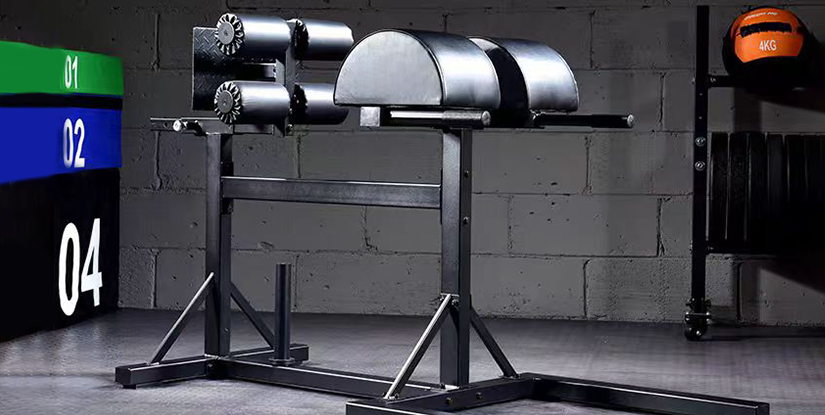Seated Pull Down Guide — Technique, Muscles, Variations & Programming

Seated Pull Down: An Effective Lat-Building Exercise
The seated pull down is a staple of strength training and commercial gym routines. It targets the latissimus dorsi and upper back while allowing controlled resistance and a wide range of variations. Proper setup and technique maximize muscle activation, reduce injury risk, and improve posture and pulling strength for athletic performance.
Key Benefits
- Develops lat width and back thickness with scalable resistance.
- Improves posture and scapular control by strengthening posterior chain muscles.
- Offers an alternative to pull-ups for trainees with limited bodyweight strength.
- Enables precise technique coaching and progressive overload.
Muscles Targeted
- Primary: Latissimus dorsi.
- Secondary: Teres major, rhomboids, middle and lower trapezius.
- Assisting: Biceps brachii, brachialis, forearms, and posterior deltoids.
Proper Setup
- Seat height: Adjust so thighs are secured under the pads and feet flat, allowing full range of motion without shrugging the shoulders.
- Grip choice: Use a wide pronated grip for lat emphasis, a neutral grip to reduce shoulder stress, or a close grip for lower lats and biceps involvement.
- Posture: Sit tall with chest up, shoulder blades slightly retracted, and a neutral spine throughout the movement.
Execution Technique
- Starting position: Reach up to grasp the bar with arms fully extended, engage the core, and maintain scapular retraction.
- Descent (pull): Pull the bar down toward the upper chest in a controlled arc, leading with the elbows and squeezing the scapulae together.
- End position: Pause briefly when the bar is near the collarbone or upper chest, keeping the ribs down and avoiding excessive lumbar flexion.
- Ascent (release): Allow the bar to return under control to full arm extension; avoid letting the shoulders fully protract abruptly.
- Tempo: A 2:1:2 tempo (2s eccentric, 1s pause, 2s concentric) often yields good tension and hypertrophy stimulus.
Common Variations
- Wide bar pulldown: Emphasizes upper and outer lat fibers and creates greater shoulder abduction.
- Close-grip V-bar: Shifts emphasis to lower lats and increases biceps involvement.
- Neutral-grip pulldown: More shoulder-friendly; suitable for clients with impingement or discomfort.
- Single-arm cable pulldown: Allows unilateral focus, corrects imbalances, and increases core stabilization demand.
- Behind-the-neck pulldown: Historically used but not recommended due to higher shoulder impingement risk.
Programming and Progression
Program the seated pull down based on training goals. For hypertrophy, use 3–4 sets of 8–12 reps with moderate load and controlled tempo. For strength, perform 4–6 sets of 4–6 reps with heavier resistance and longer rest. For endurance, 2–3 sets of 15–20 reps with lighter load works well. Progress by increasing load, adding reps, improving tempo control, or incorporating advanced variations like paused eccentrics.
Common Mistakes and Corrections
- Excessive leaning back: Limits lat engagement and turns the movement into more of a row. Maintain a slight lean but keep the torso stable.
- Using momentum: Swinging the torso reduces time under tension. Use strict form and slow tempo.
- Pulling behind the neck: Increases risk of shoulder impingement — pull to the chest instead.
- Shrugging shoulders: Keep scapula depressed and retracted to engage the lats rather than the traps.
- Allowing elbows to flare: Focus on driving the elbows down and back to target the latissimus dorsi.
Equipment Care and Setup Tips
- Inspect cables and attachments regularly for fraying or wear; faulty equipment increases injury risk.
- Clean contact surfaces to maintain grip and hygiene, especially on communal machines.
- Adjust the thigh pads snugly to prevent the body from lifting during heavy pulls.
Buying Guide: What to Look For
- Solid frame and high-quality pulley system for smooth motion and durability.
- Adjustable seat and thigh pads to accommodate different user heights.
- Interchangeable handles for varied grips and exercise versatility.
- Good warranty and clear load specifications for safe long-term use.
FAQs
- What muscles does the seated pull down work? It primarily targets the latissimus dorsi and secondary upper-back and biceps muscles.
- Is seated pull down better than pull-ups? It complements pull-ups; use pulldowns when you need controlled loading or cannot perform pull-ups yet.
- How many sets and reps should I do? For hypertrophy 3–4 sets of 8–12 reps; for strength 4–6 sets of 4–6 reps.
- Should I pull behind the neck? No. Pull to the chest to reduce shoulder impingement risk.
- Can beginners perform seated pull downs? Yes. It’s suitable for beginners with proper instruction and lighter loads.
- How do I increase lat activation? Use a slightly narrower grip, lead with the elbows, and focus on scapular retraction.
- What is a safe tempo? A controlled tempo like 2s eccentric and 2s concentric maintains tension and safety.
- Can I do single-arm pulldowns? Yes, they help correct imbalances and increase core stability demands.
- How often should I include pulldowns in my program? 1–3 times weekly depending on volume, recovery, and overall back training priorities.

